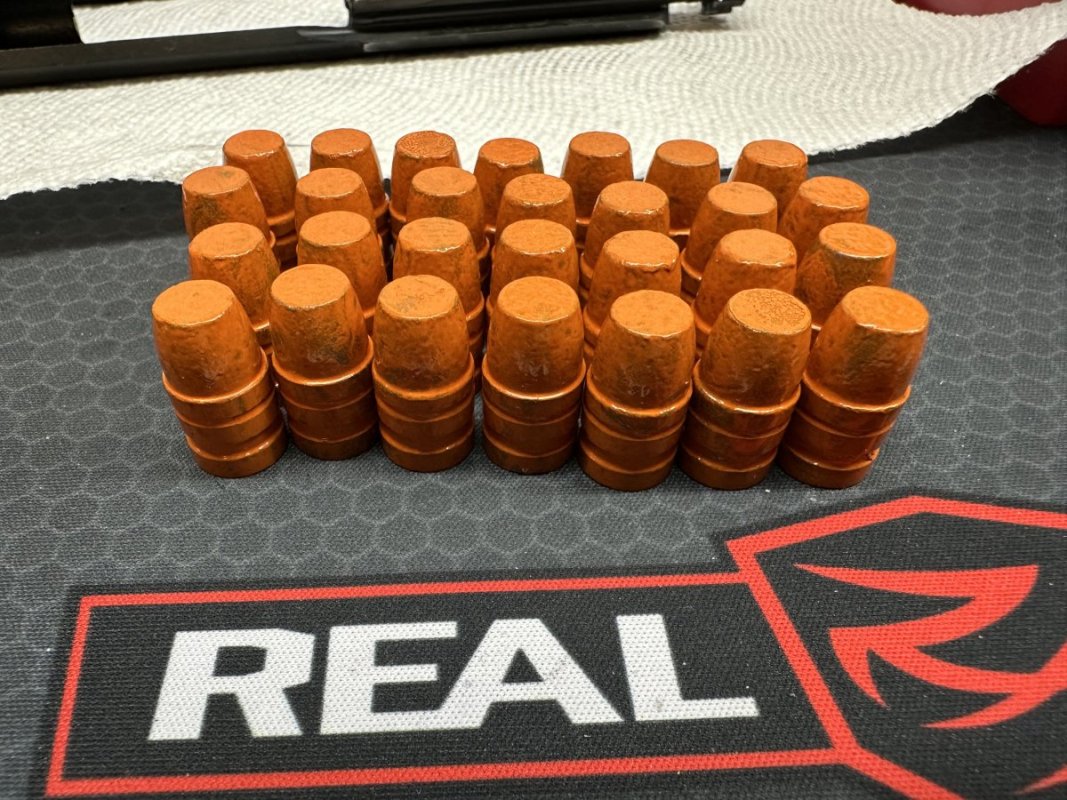enjoying the info posted. I've got lead and molds to try out in the near future. I also picked up a junk convection toaster oven and some PC from smoke on cast boolits. I'll have to check on my molds and see if they are GC or not. The main molds I have are a 300gr 44mag/special Lee, a custom group buy 6.8spc Lee mold (I think around 110gr?) and a custom NOE mold for 300BO around 247gr. I've never casted before so once we get thru the current situation I'll be asking for some pointers.
I've got a partially filled 5 gallon bucket of COWW in the garage, might try to clean them up and cast into ingots/muffin tins in the next few days. Already sorted out the non lead stuff, but smelting them is gonna be dirty and not sure I want to spare one of my limited supply of N95 masks for the task.
I've got a partially filled 5 gallon bucket of COWW in the garage, might try to clean them up and cast into ingots/muffin tins in the next few days. Already sorted out the non lead stuff, but smelting them is gonna be dirty and not sure I want to spare one of my limited supply of N95 masks for the task.









